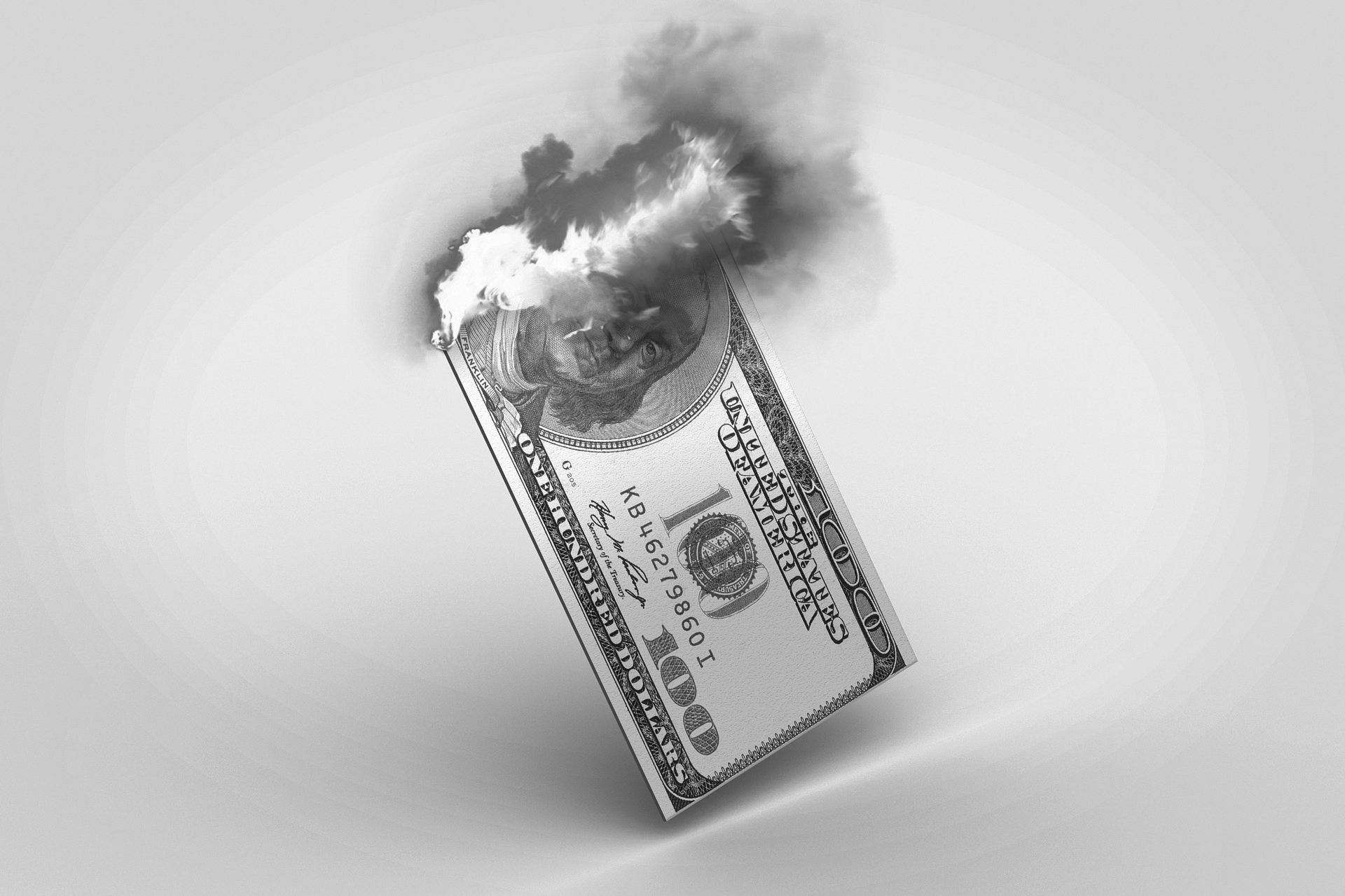Everything old is new again: Inflation plagues the US economy. The Consumer Price Index is up 7.9% from a year ago. The Personal Consumptions Expenditures index is up 6.1%from a year ago. We haven’t seen price pressures like these in 40 years.
If we want to understand inflation, we need a framework to organise our thoughts. Economies are fiendishly complex; without a model that helps us focus on the relevant details, we’re lost in the woods.
Inflation means a general increase in prices. Equivalently, it means the dollar is losing purchasing power. Economists distinguish general price changes from relative price changes. The latter come from the forces of supply and demand operating in specific markets. The former are common to all markets.
We frequently use the concepts of aggregate demand and aggregate supply to analyse inflation. But despite the similarity in names, these concepts aren’t the same as microeconomic supply and demand. Aggregate demand refers to total nominal spending in the economy. Aggregate supply means general productive conditions.
We measure inflation by tracking changes in a price index. There are many of these, each focusing on a subset of the economy, such as consumers’ goods or producers’ goods. Also, some price indexes that cover the same area are calculated differently. For example, the above-mentioned CPI and PCEPI are both snapshots of prices for consumers’ goods. But what’s under the hood is somewhat different.
“Inflation always has some distributional effects”
Usually, inflation is caused by expanding aggregate demand. When aggregate demand (also called total spending or nominal gross domestic product) increases, prices for everything rise. They don’t rise uniformly, of course. Inflation always has some distributional effects. But these are typically small compared to the general phenomenon.
Expanding the money supply is the easiest way to boost aggregate demand. As we saw, the Fed printed tons of money when Covid-19 threatened the economy. Importantly, money demand rose, too. That blunts the inflationary effects of increasing the money supply.
Increased government spending doesn’t usually cause inflation. There’s a possible exception, however: If the government takes on so much new debt that the public expects money printing to bridge the fiscal gap, holders of dollars might want to unload them before they lose their value. Of course, when everyone thinks this way, the dollar depreciates. This hasn’t been an issue for the United States in recent history, but the government took on an awful lot of debt to fight Covid-19. It could be the case now.
Action on the supply side can also cause inflation. When aggregate supply decreases (or grows more slowly than before), everything gets more expensive. The key here is productivity. If it gets harder to turn inputs into outputs, prices go up. This too contributes to inflation. We’ve heard a lot about the various logistics problems with global transportation, as well as a dearth of important producers’ goods like semiconductors. Energy prices are markedly rising, due in no small part to the Russia-Ukraine conflict. All of these factors make production in general harder. In economics, harder means costlier. For a given amount of aggregate demand, diminished aggregate supply can only result in inflation.
Not all observed price hikes are inflationary. The price of cars, especially used cars, has risen faster than prices in general. There’s undoubtedly an inflationary aspect, because it’s common to all markets. But there’s also specific supply and demand changes in the car market that are causing higher-than-average price increases for cars. We distinguish between the relative price of cars increasing (microeconomics; supply and demand) and prices in general, including for cars, increasing (macroeconomics; aggregate supply and aggregate demand).
Just because we use different concepts to analyse relative and general price changes doesn’t mean we can pinpoint how much of each is going on. Our price index measurements frequently pick up both. Economists have various statistical tools to sort out relative from general price changes. For us, what matters is the conceptual difference. Don’t confuse what’s common to all markets for what’s particular to one market.
Originally published by The American Institute for Economic Research and reprinted here with permission.








